The Jaguar I-Pace is an all-electric compact SUV that was released in 2018. At the time, it had very little competition and was among a handful of readily-available luxury EVs. Now, however, there are a plethora of alternatives from rival manufacturers.
In this review, we’ll look to see if the I-Pace has stood the test of time and if it’s a vehicle you should consider given the available options.
If you’d prefer to watch a review of the Jaguar I-Pace, head on over to our YouTube channel.
Jaguar I-Pace price & competition
Since its inauguration in March 2018, the I-Pace has undergone a few minor changes; from a range boost in December 2019 to a refreshed exterior and interior design. Indeed, in 2021 Jaguar changed the standard alloys, added a chrome-like finish to the front grille, upgraded the onboard charger to 11 kW (up from 7 kW) and integrated the Pivi Pro infotainment system alongside a few other tech implementations within the cabin.
Find the best Jaguar I-Pace deals
As for its asking price, it launched in 2018 at £58,995 but that included the UK Government’s plug-in car grant (PiCG) of £4,500, which would have taken up to £63,495. Given the changes to the PiCG and the incremental updates, the British automaker is now asking £65,620 for its entry-level I-Pace S EV400. The SE and HSE trims, which start from £70,220 and £74,670 respectively, add a flurry of useful features while the I-Pace Black (£72,820) and HSE Black (£76,920) add a dark finish to the exterior of the vehicle.
When it comes to competition, there are many all-electric SUVs to consider: the Hyundai Ioniq 5 from £36,995 (238 miles WLTP); the Mercedes EQA 250 from £44,495 (263 miles WLTP); the Audi Q4 40 e-tron at £44,990 (316 miles WLTP); the Volvo XC40 Recharge Twin at £49,950 (259 miles WLTP); the BMW iX3 from £59,730 (285 miles WLTP); the larger Audi e-tron at £62,025 (227-271 miles WLTP); the Mercedes EQC at £65,720 (255 miles WLTP); and the Tesla Model X at £102,980 (348 miles WLTP).
Buy a car phone mount on Amazon (Affiliate)
Elsewhere, there are other ‘non-premium-badge’ SUVs one might want to consider: the MG ZS EV starts from £28,495 (273 miles WLTP); the Kia Soul EV, e-Niro ‘2 64’ and the Hyundai Kona Electric Premium 64 kWh (282 miles WLTP) all come in at £32,445; the Skoda Enyaq iV 60 (256 miles WLTP) from £32,010; the Volkswagen ID.4 from £32,495 (213 miles WLTP); and you’ve also got the MG5 EV, an all-electric estate with a claimed range of 250 miles WLTP that starts from £27,945.
Read next: Volvo XC40 Recharge Twin review: A powerful luxury electric SUV
Jaguar I-Pace exterior review
Regardless of the competition, the I-Pace looks the part. It’s still a stylish and elegant-looking vehicle, which we suspect most will be pleased to see parked on their driveway. Its frontal profile is somewhat reminiscent of Jaguar’s XJ220 supercar from the 90s, whereby its flared bonnet and wings give it a sportier profile.
Similarly, it’s aesthetically pleasing from the side with body-coloured wheel arches and sideskirts that sit alongside 18-22″ alloys – pictured are the 20″ Style 5068 5 spoke rims, which come as standard in the reviewed HSE trim. Its door handles are also concealed when locked, which add to the overall appeal.
As for the rear, the electric SUV preserves Jaguar’s design philosophy and intriguingly doesn’t integrate a rear wiper. The manufacturer claims that the vehicle’s aerodynamics and spoiler design help push excess water off the window. While true, if you are to traverse muddy trails you’ll need to clean the screen yourself with a cloth.
When it comes to the colour choices, ‘Fuji White’ comes as standard, while the other solid paint choice of ‘Caldera Red’ costs £355. The metallic ‘Santorini Black’, ‘Indus Silver’, ‘Firenze Red’, Caesium Blue’, ‘Borasco Grey’, ‘Eiger Grey’, Portofino Blue’ and ‘Ostuni Peal White’ will all set you back an additional £735. Opt for one of the two available premium metallic colours, ‘Farallon Pearl Black’ or the pictured ‘Aruba’ and you’ll have to fork out an extra £1,595.
Read next: Volkswagen ID.4 review: Better than the VW ID.3?
Jaguar I-Pace interior review
Moving inside the cabin, the I-Pace still retains a luxurious look; from the seat upholstery to the door trims. Physical buttons are still in use too, which are always a welcome sight. Indeed, unlike some of its competitors, the climate controls are easy to operate while on the move and likewise, the controls on the steering wheel make it a breeze to customise the instrument cluster.
On the subject of technology, the 2021 update brought a much-needed refresh to the 10″ infotainment system. The Pivi Pro interface is visually appealing and supports both Android Auto and Apple CarPlay in both a wired and wireless format. The system itself, however, is a little convoluted, whereby certain settings are buried within odd sub-menu structures making it hard to navigate. For example, should you wish to toggle between the High and Low regenerative braking settings, you’ll need to navigate through a flurry of menus, which isn’t ideal when you’re driving.
What is a lot easier to navigate, however, is the 5.5″ display that can be found just below. The £410 option provides a visual representation of the climate settings and is intuitive to use. Better still, the two rotary knobs on either side serve multiple uses. Here, the temperature of the cabin is displayed, but when pressed, both allow you to adjust the seat heater level of the front seats. The driver’s side knob can also be pulled in an outward direction to reveal the fan settings.
The 12.3″ instrument cluster is similarly intuitive, whereby the fully digitalized display provides all the key information one might require and allows for some degree of customisation. Ahead of the driver’s view, there’s an optional £920 Head-Up Display (HUD) that can be fitted as an option, although, at the time of writing seems to have been removed due to chip shortages.
Similarly, it would seem Jaguar has removed the Meridian audio system from its S-line trim, replacing it with a regular ‘Sound System’ instead – we’ve reached out to Jaguar to attain more details on the change. Indeed, should you want the 12-speaker 400-watt system you’ll now need to splash out £610. The upgraded audio system comes as standard in the SE-trim, while the Meridian 3D Surround Sound system that has 17 speakers and a power output of 750 Watts comes fitted within the HSE trim; this can be added for £1,220 in the S-trim and £610 in the SE trim. If you’d like to hear how the latter system performs, watch our detailed review on YouTube.
Jaguar I-Pace storage review
What hasn’t changed, however, is that the wireless charging pad which resides beneath the climate controls is a £350 option (up from £305). No matter if you opt for its inclusion, you’ll find the non-slip area that resides here rather handy for loose change or indeed a smartphone.
Further down the centre console, there’s a small bay to store the key fob and two cupholders. The centre armrest also provides another compartment for small-to-medium-sized purses or a wallet. Here, you’ll also find a 12V socket, a USB Type-A and Type-C port.
The boot is the biggest talking point, however, as it’s pretty large; with the seats in place, there’s 656 litres available and with the seats folded flat offers 1,453 litres of total capacity. That’s larger than most of its rivals: Audi e-tron (660/1,725 litres); Skoda Enyaq iV (585/1,710 litres); VW ID.4 (543/1,575 litres); BMW iX3 (520/1,560 litres); Audi Q4 e-tron (520/1,490 litres); MG5 EV estate (464/1,456 litres); Kia e-Niro (451/1,405 litres); Peugeot e-2008 (434/1,467 litres); Ford Mustang Mach-E (402/1,420 litres); MG ZS EV (448/1,375 litres); Volvo XC40 Recharge Twin Pro (452/1,328 litres); Kia Soul EV (315/1,339 litres); Mercedes EQA (340/1,320 litres); Citroen e-C4 (380/1,250 litres); Hyundai Kona Electric (332/1,114 litres).
The I-Pace also has a small area at the front of the vehicle, whereby the frunk is large enough for a few shopping bags or your charging cables. If you’re to frequent the front storage compartment, you’ll need to release the mechanical latch via the remote or through a button located within the cabin; indeed, it’s not electrically operated, making it less convenient to use. Thankfully, the vehicle’s charging cables can be stored at the rear as there’s a handy underfloor compartment.
What isn’t as impressive, however, is that the entry-level EV400 doesn’t come fitted with an electric tailgate. Indeed, should you want the option in the S trim, you’ll need to spend an extra £410, or if you want a gesture-controlled tailgate, it’ll cost £525. The SE trim adds the electric option but still requires an additional £105 for the gesture controls.
Similarly, the 40:20:40 split that is present in our vehicle isn’t a standard feature. This comes in at an additional £305 and also adds rear heated seats.
Read next: Skoda Enyaq iV review: The Volkswagen ID.4 alternative
Jaguar I-Pace comfort review
On the plus side, the front seats are heated as standard. In the S-trim, there are 8-way semi-electric controls, while in the SE you have 12-way control and in the HSE model 16-way adjustments. Of course, one can add electric controls to the cheaper trims by spending extra on options.
When it comes to headroom and legroom, the I-Pace is surprisingly comfortable. Despite its compact exterior form factor, 6-foot 4-inches (193cm) individuals won’t feel henned in at the front or rear of the cabin. The rear middle seat can also be brought down to reveal a set of cupholders and act as an armrest.
To bolster rear occupant comfort, you might also be surprised to learn that the four-zone climate controls cost an additional £630. Similarly, the panoramic roof will set you back £995 – a feature you might expect to come as standard, especially in the more expensive HSE model.
As for cabin noise, the Jaguar I-Pace is relatively well insulated but we did note a bit of tyre noise and wind noise deflecting off the A-pillars, which did hinder an otherwise serene experience.
Read next: Tesla Model 3 review (2021 facelift): Should you buy into the hype?
Jaguar I-Pace performance review
Another area that left us a little underwhelmed for a vehicle of its price, is its suspension setup. As standard, it comes fitted with a passive system but yet in our tested model with the upgraded £1,120 electric air suspension system, we found the vehicle didn’t soak up speed bumps, potholes or uneven terrain as well as the Audi e-tron or Citroen e-C4. It’s still nowhere near as uncomfortable as the Ford Mustang Mach-E nor as stiff as the BMW iX3 and Mercedes EQA. Instead, the I-Pace is similar to the cheaper Skoda Enyaq iV, Audi Q4 e-tron, Hyundai Kona Electric, Kia e-Niro, Kia Soul EV and Volvo XC40 Recharge Twin Pro.
On the plus side, its suspension setup does yield a fun driving experience; there is a minimal amount of body roll when faced with windy country roads. Better still, it has a tremendous driver’s feel, and while it won’t quite dethrone the BMW iX3, the Jaguar’s lowered driving position gives you a sense of joy and connection with the road beneath. Rather than driving an SUV, it feels as if you’re at the wheel of a saloon, such as the Polestar 2 or Tesla Model 3.
As for raw performance, the EV400 all-wheel drive (AWD) model comes fitted with two electric motors – one on each axel – where combined they dispatch 294 kW (395 hp) of power and 696 Nm of torque. We had it tested from 0-60mph in 4.8 seconds. Top speed is electronically limited to 124mph. Indeed, it’s plenty fast wherein comparison to its rivals is more rapid off the lights, with the only exception being the Volvo XC40 Recharge Twin Pro, which we had tested at a ludicrous 4.51 seconds to 60mph.
Find the best Jaguar I-Pace deals
The I-Pace’s performance traits are also thanks to its large 90 kWh battery pack; naturally, this brings us onto its range. Jaguar claims its all-electric SUV can attain 292 miles on a single charge, but we managed 240-250 miles in our mixed driving tests. Now while that’s a very reasonable figure, we can’t help but think that its battery is inefficient in comparison to modern offerings. Here, the Volvo XC40 Recharge Twin Pro achieves the same figure but has a 78 kWh battery pack instead. Elsewhere, the Hyundai Ioniq 5 (72.6 kWh), Audi Q4 e-tron (82 kWh), the Kia e-Niro (64 kWh), the Kia Soul EV (64 kWh), the Hyundai Kona Electric (64 kWh), and the Volkswagen ID.4 (82 kWh) all attain roughly 260 miles, while the Skoda Enyaq iV (82 kWh) nets closer to the 300-mile mark.
Nevertheless, the I-Pace can run for longer without needing to be recharged versus the larger Audi e-tron (95 kWh with 190-200 miles of range), Ford Mustang Mach-E (75 kWh with 180-200 miles of range), BMW iX3 (70 kWh with 235 miles of range) and Mercedes EQA (66.5 kWh with 210-220 miles of range).
To recoup energy back into the Jaguar’s battery pack, one can use regenerative braking. By lifting off the accelerator pedal one can bring the vehicle to a complete standstill, however, we found the level of deceleration rather moderate. It doesn’t allow for one-pedal driving like the BMW iX3 or Volvo XC40 Recharge Twin Pro. Of course, should you prefer coasting you can opt for ‘Low’ mode instead.
In order to recharge the vehicle, the I-Pace supports up to 100 kW of input via its CCS port. If you are to find a high-powered rapid charger, it’ll take you 45mins to get from 0-80%. Opt for a more commonly-found 50 kW charger and it’ll take you 1hr 30mins instead. Using a home or work wallbox charger, one can attain 100% charge from empty in 8hrs 36mins while connected via Type 2 on a three-phase 11 kW supply. A slower 7 kW charge point will take 12hrs 45mins instead, while a 3-pin wall socket will take a whopping 30hrs.
On the note of charging, we found it strange that Jaguar failed to include an illuminated unlock button. Indeed, once you finish charging, you’ll need to unlock the port by pressing a small physical button that resides next to the CCS and Type 2 inlets. Almost all of its competitors release their ports when the doors are unlocked or provide an illuminated button by the port inlets.
Read next: Hyundai Ioniq 5 review: Better than Tesla Model 3?
Jaguar I-Pace safety review
When it comes to safety, the I-Pace scored an impressive 5/5 stars in Euro NCAP’s rigorous crash tests; it managed 91% and 81% in the Adult and Child Occupancy tests, respectively. What isn’t as spectacular are the included driver assistance systems; only traffic sign recognition, lane keep assistance and basic cruise control come as standard.
Should you want a blind spot monitoring system, rear cross-traffic and exit warning you’ll have to spend an additional £560. Throw in a rear collision monitoring system and adaptive cruise control, and it’ll come in at a whopping £2,755. We find the latter two features not as useful, especially given the adaptive cruise control technology seems to be a little hit and miss; it fails to constantly maintain a safe distance from the leading vehicle, which results in a bit of a jagged experience.
As for visibility, it’s excellent at the front and side of the cabin but is a little more limited at the rear. Thankfully, a rearview camera comes fitted as standard, but 3D surround cameras will set you back an additional £800; yet again, due to chip shortages, the manufacturer has scrapped this option on newly built vehicles. You can, however, still get the ClearSight rearview mirror which we find is a smart inclusion, as it integrates the rear camera view into your rearview mirror. Unfortunately, this will now set you back £625, up from £500 prior to the chip crisis.
Read next: Polestar 2 review: The all-electric muscle car
TotallyEV’s verdict on the Jaguar I-Pace
On the whole, the Jaguar I-Pace is a pretty well-rounded electric SUV. It’s fast and fun to drive, has a respectable driving range, is very practical and spacious, and to top it off it’s aesthetically pleasing to the eye.
Find the best Jaguar I-Pace deals
However, its steep asking price has little to be desired, and with options fitted on top, make it hard to recommend over its modern rivals. Indeed, the Volvo XC40 Recharge Twin Pro provides the same driving range but betters the Jaguar’s performance; the Skoda Enyaq iV goes the distance and has a larger boot; and while the Audi Q4 e-tron can’t compete with the I-Pace in straight-line speed, it’s roughly £20,000 cheaper, albeit still a premium SUV.
Then, of course, there’s the more affordable Hyundai Kona Electric, Kia e-Niro and Kia Soul EV, which all offer fantastic bang for your buck should storage space and raw performance not be your utmost priority.
Suffice to say, there are a few alternatives you might want to consider over the Jaguar I-Pace. Let us know which all-electric SUV you’d pick in the comments section below or via social media; we’re on: YouTube, Instagram, Facebook, Twitter and LinkedIn.

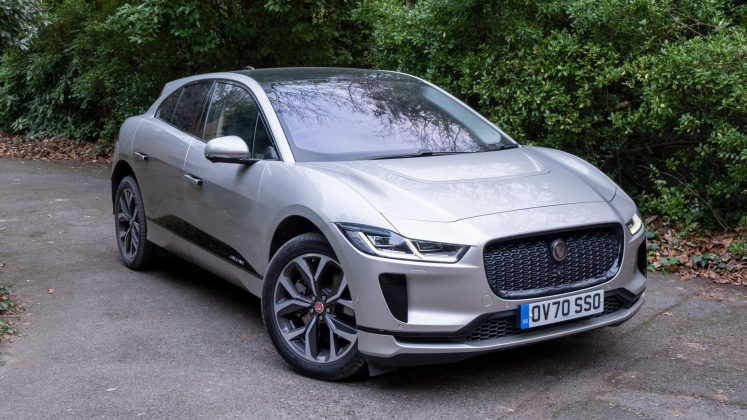
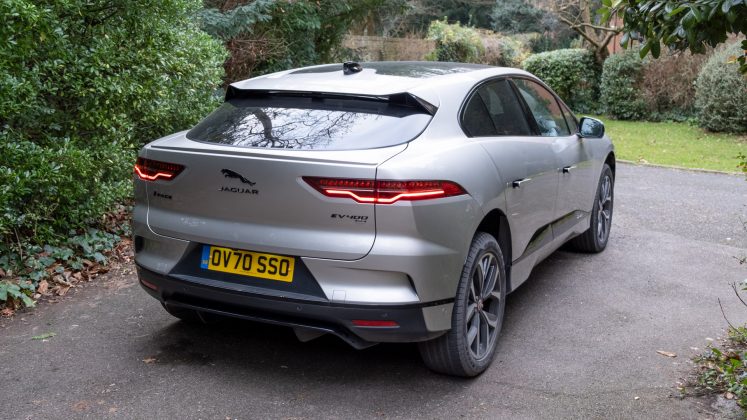
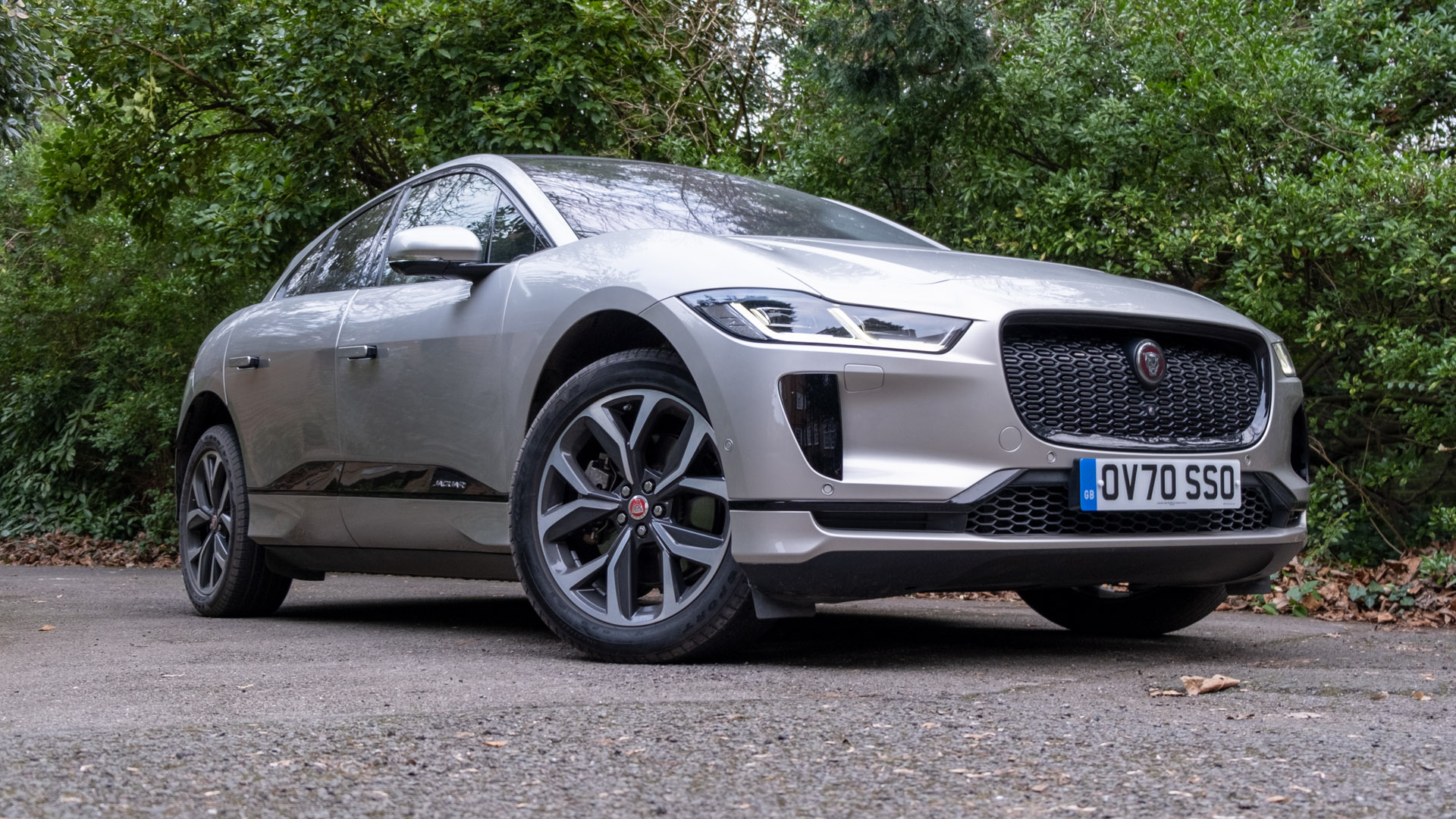
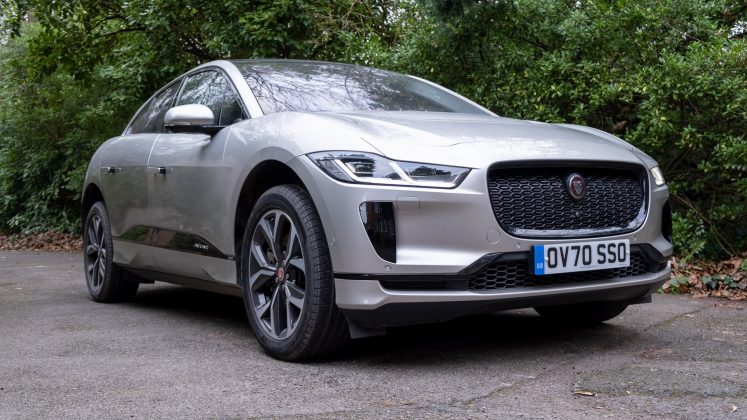
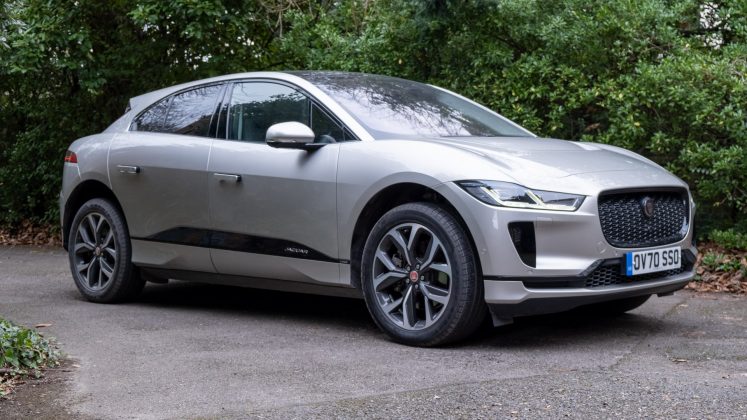
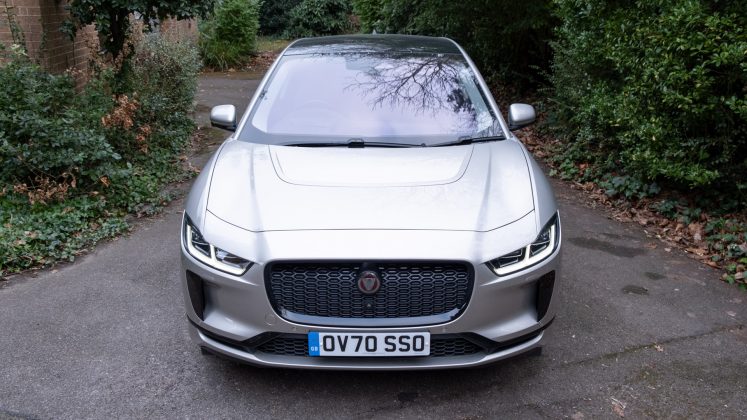
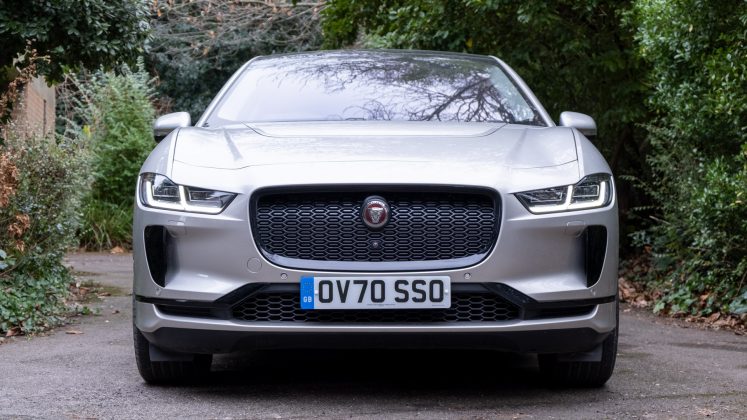
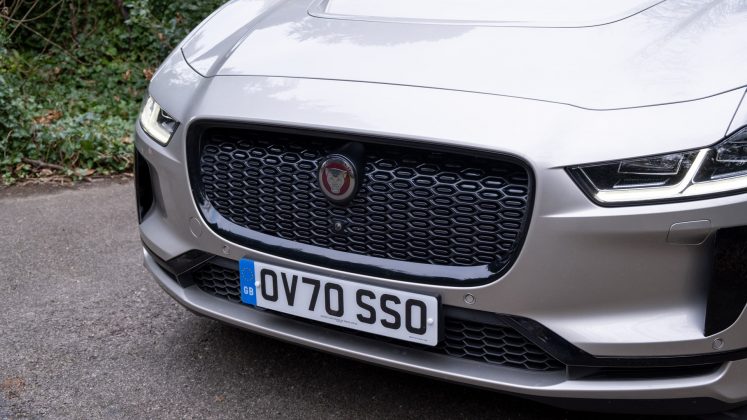
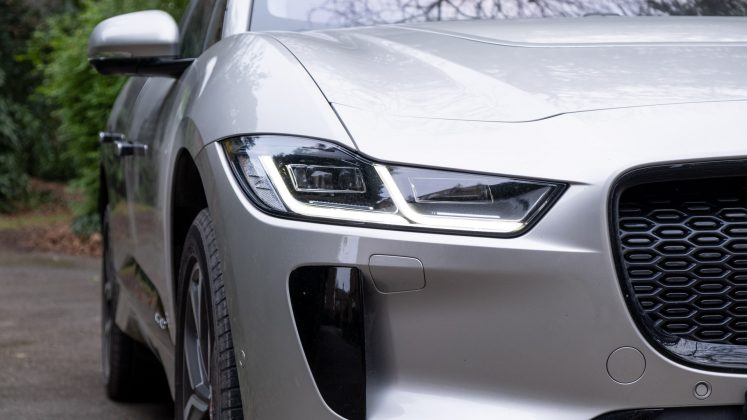
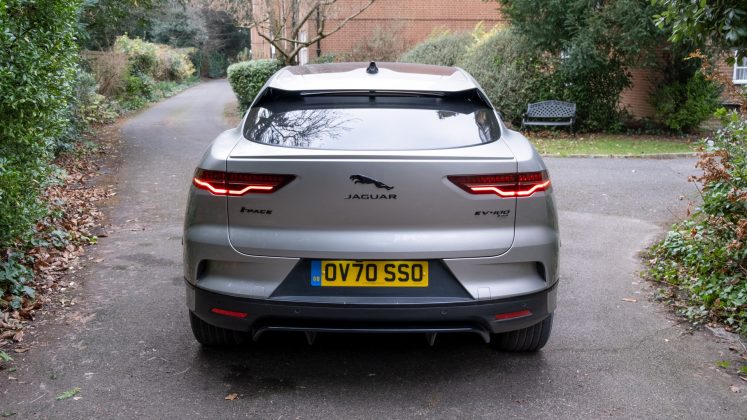
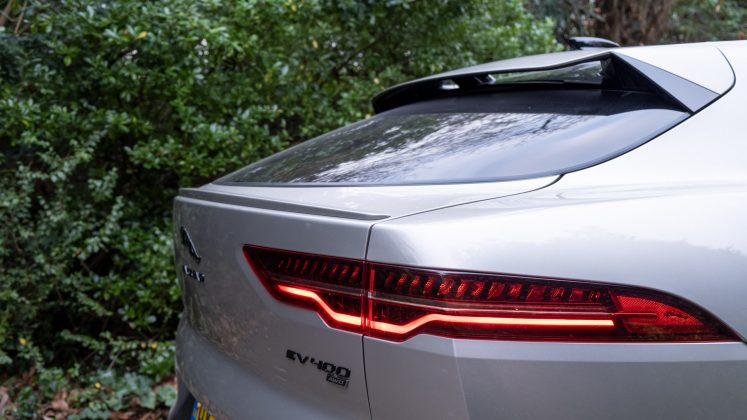
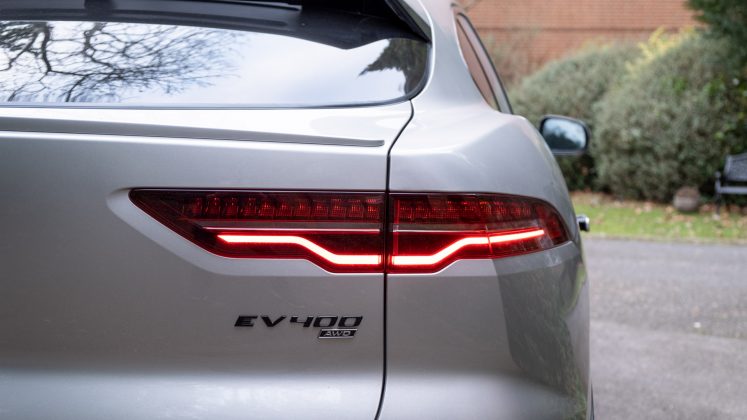
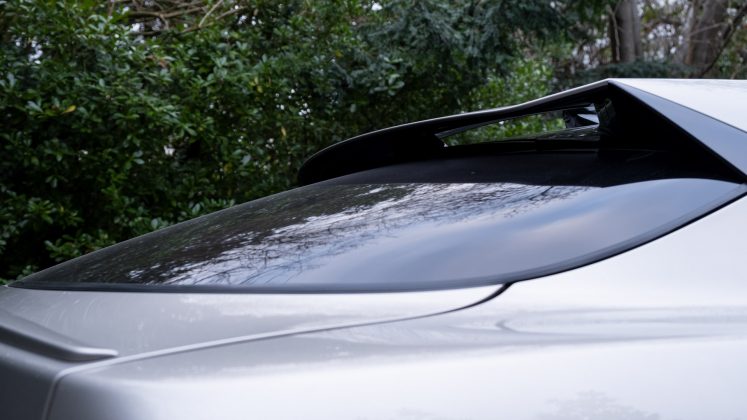
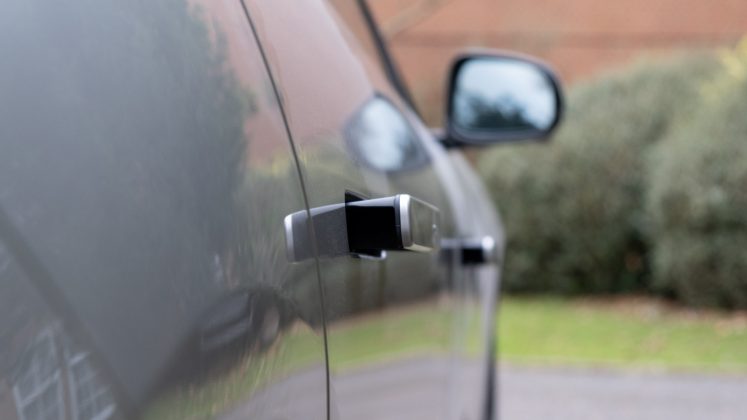
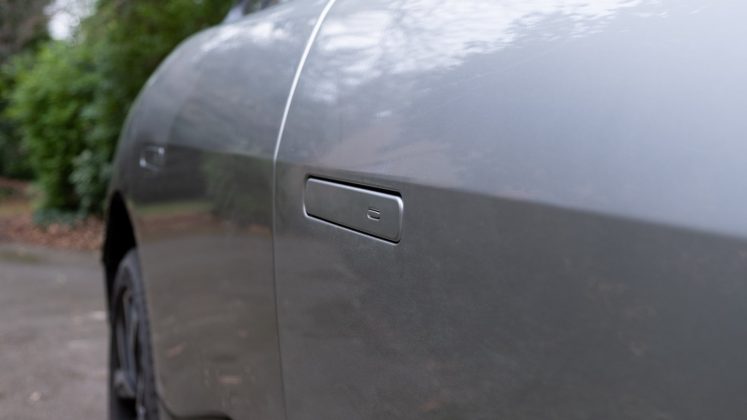
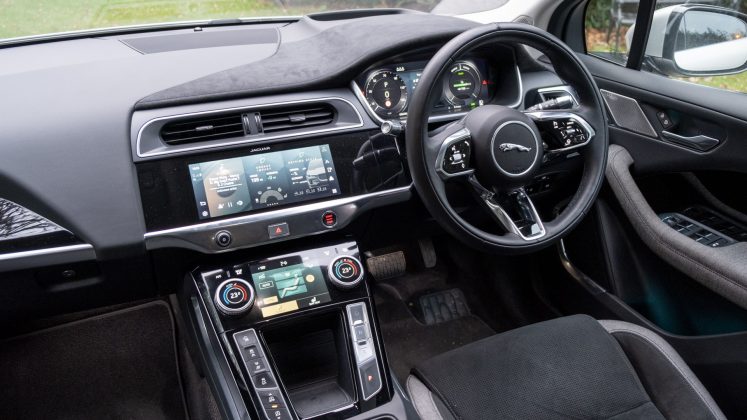
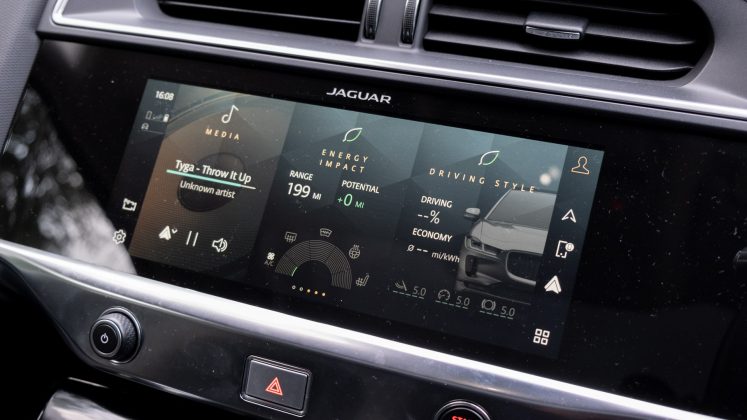
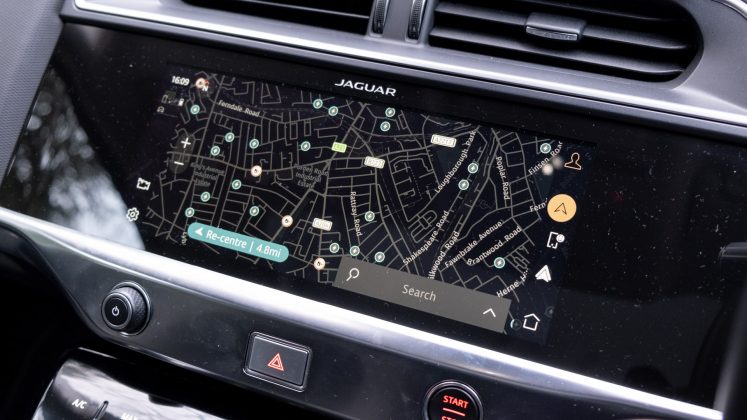
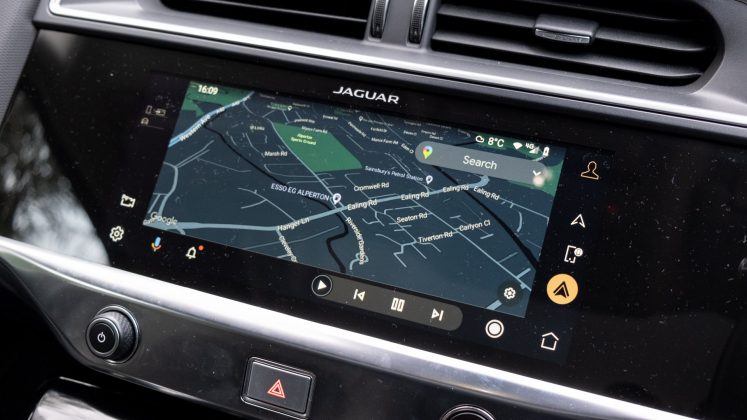
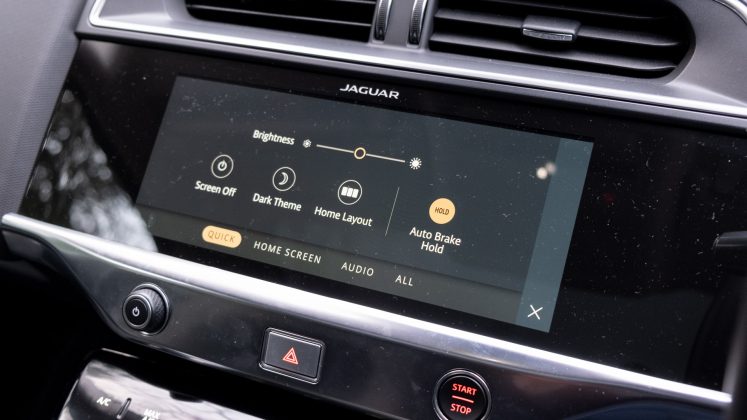
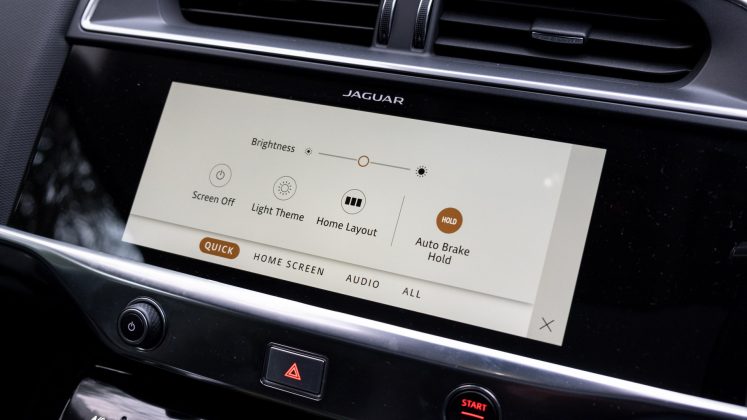
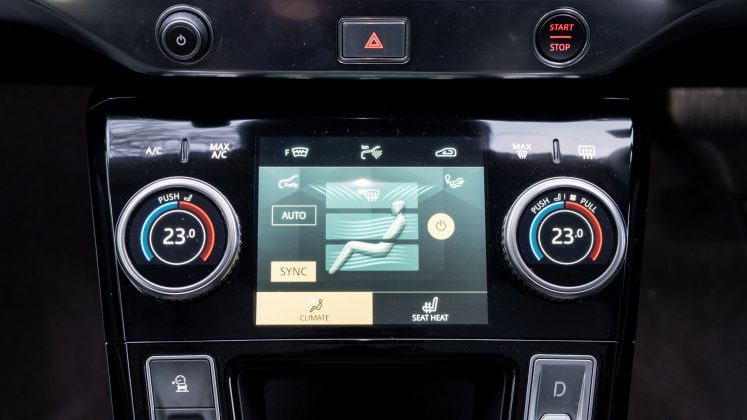
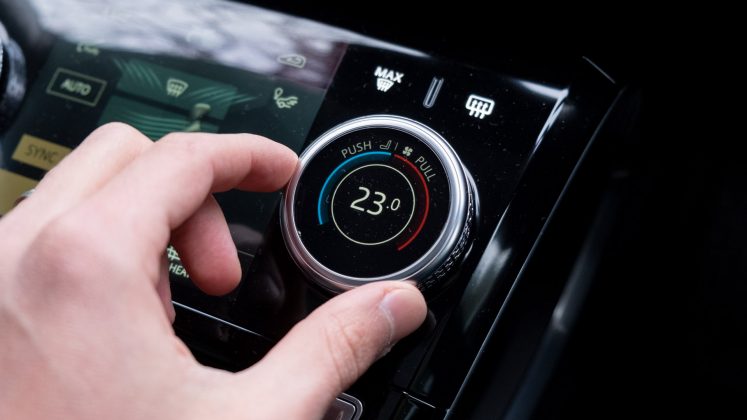
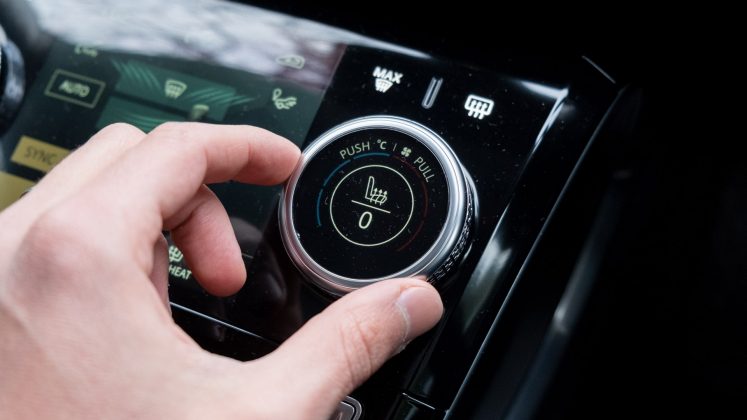
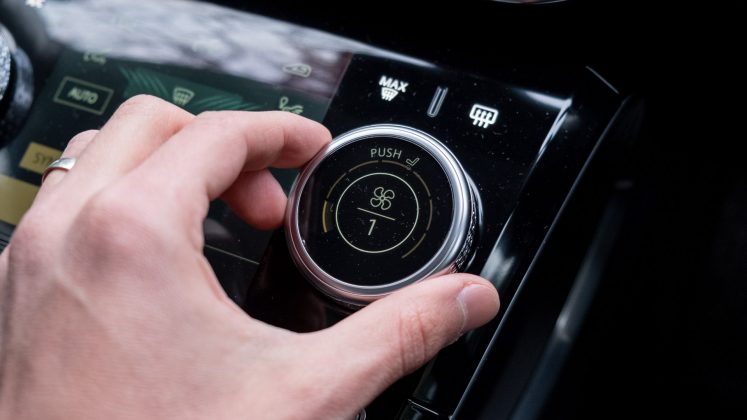
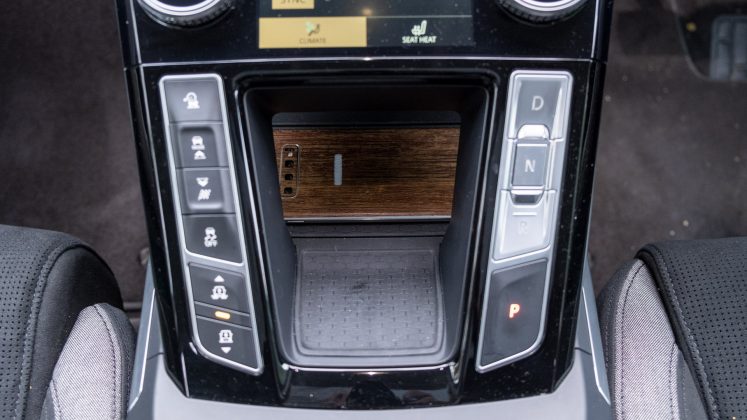
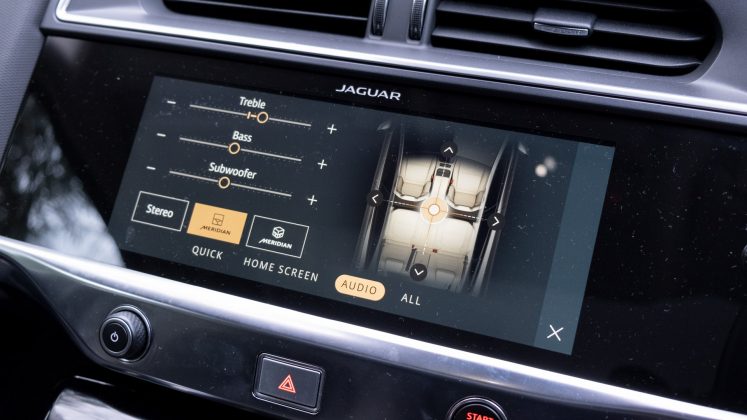
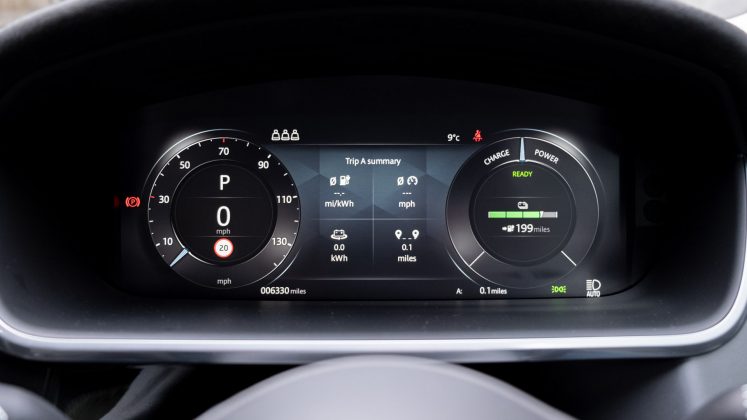
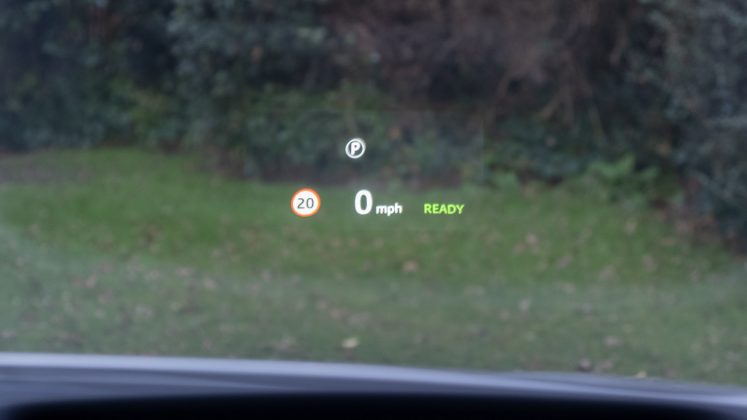
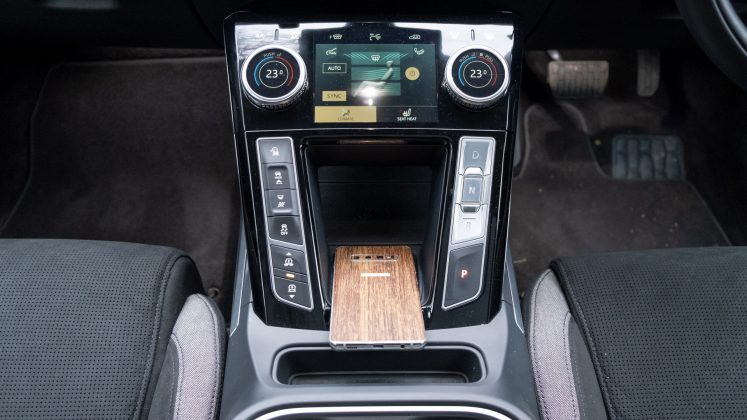
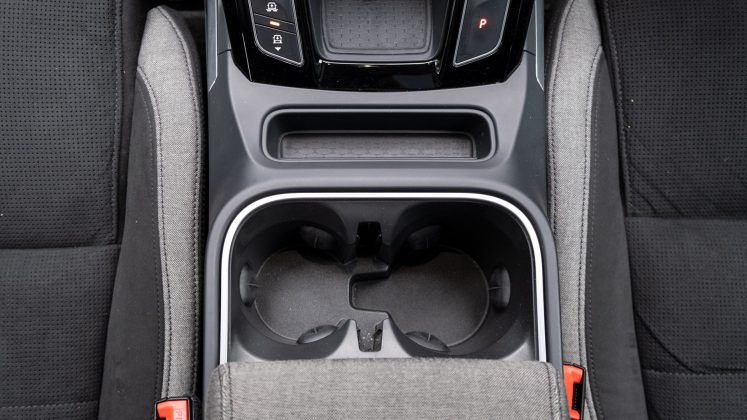
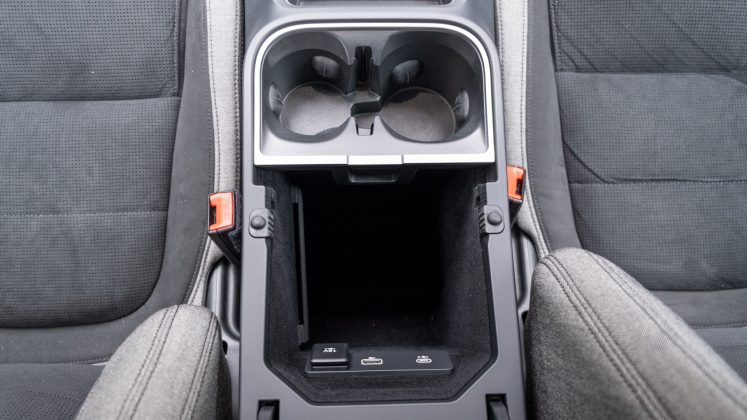
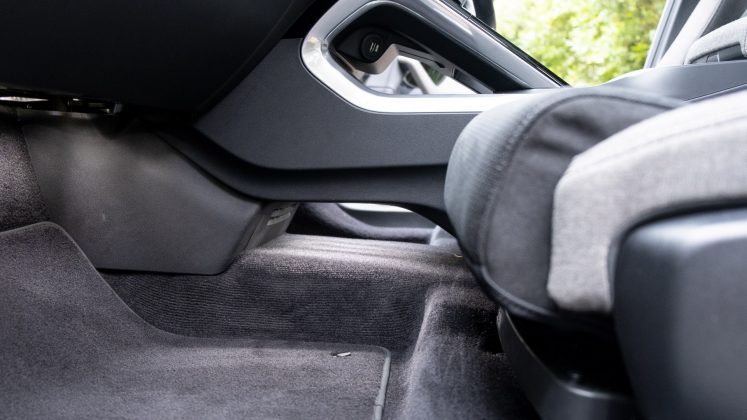
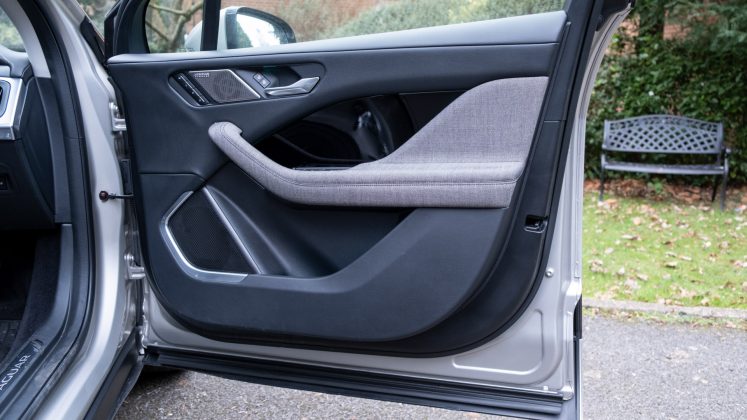
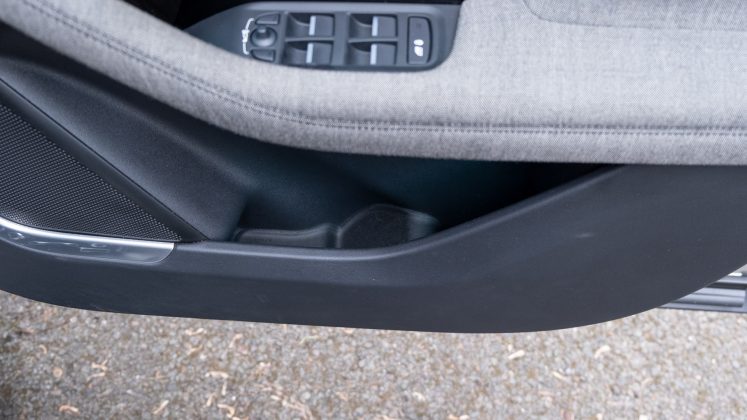
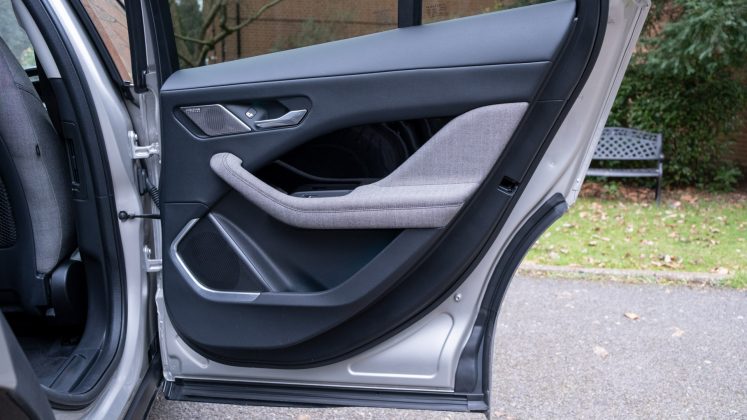
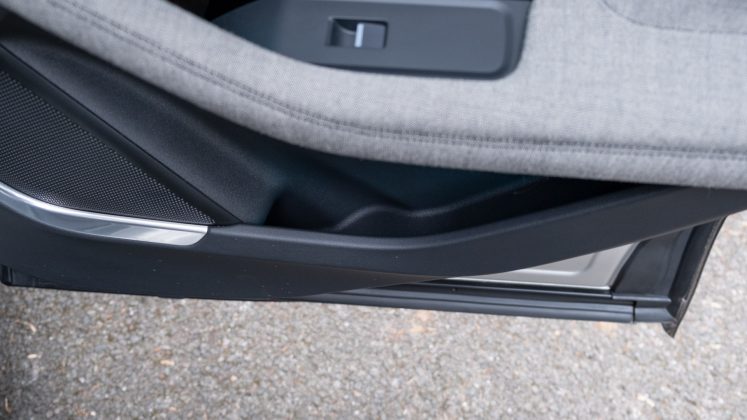
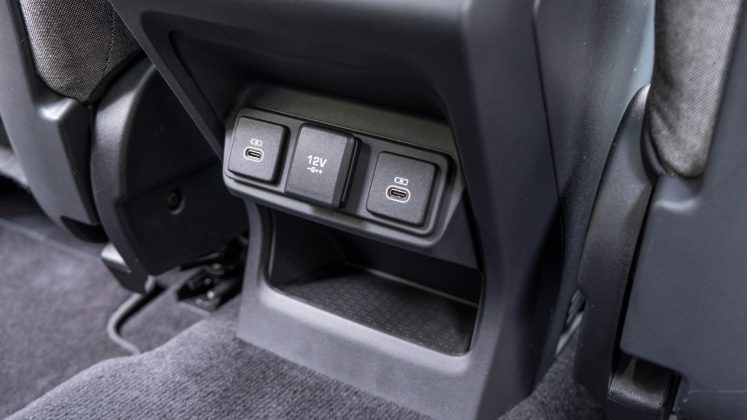
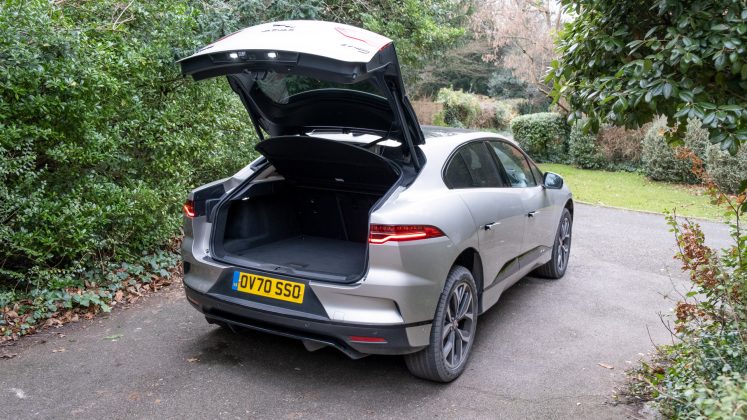
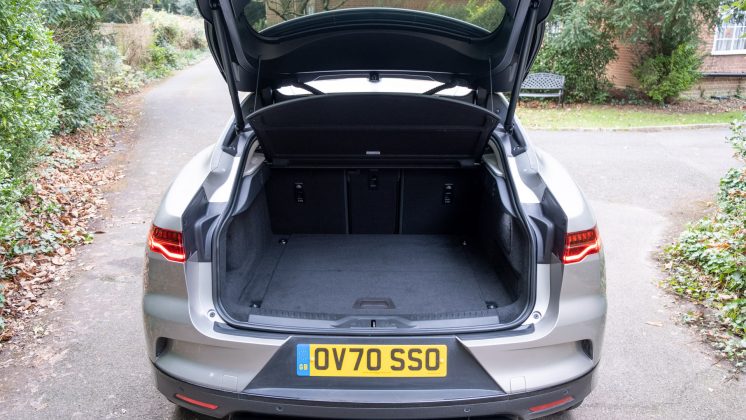
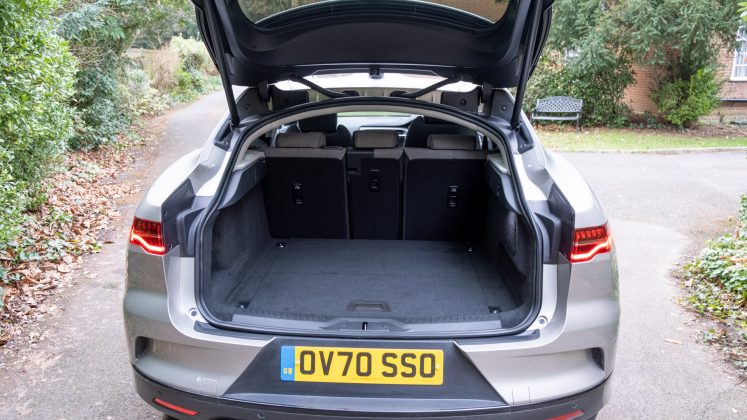
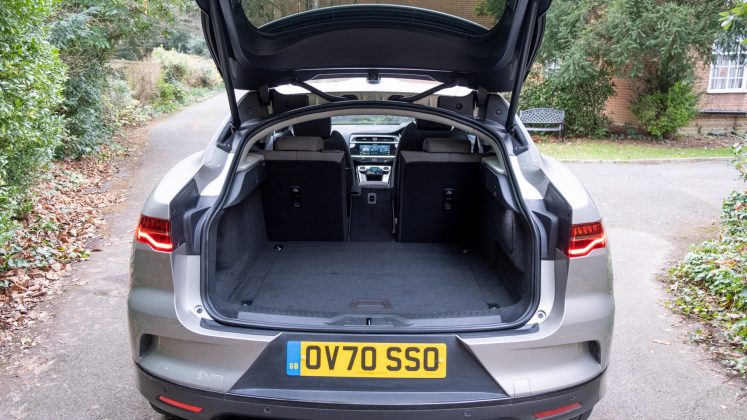
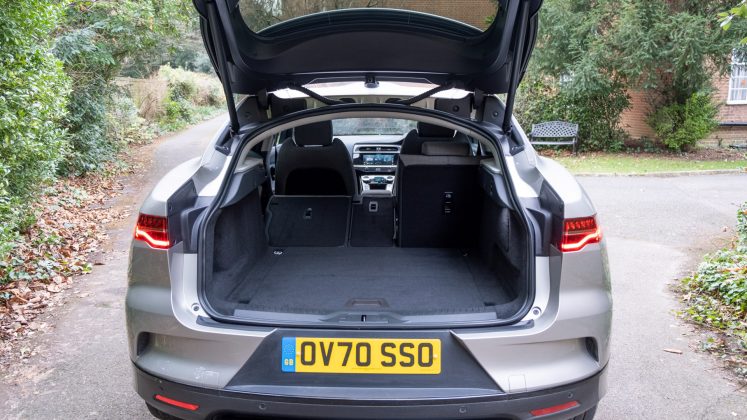
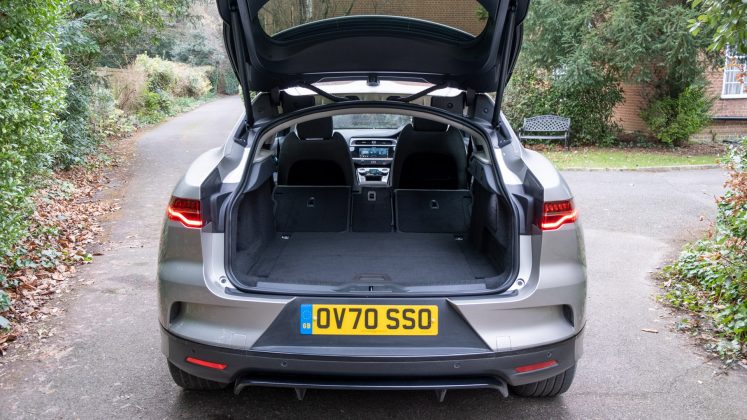
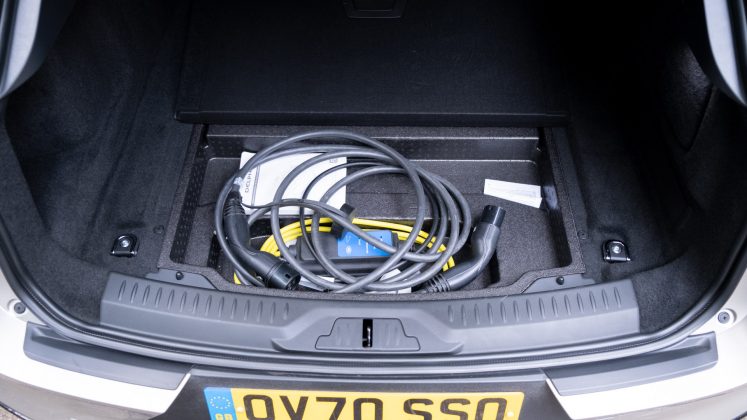
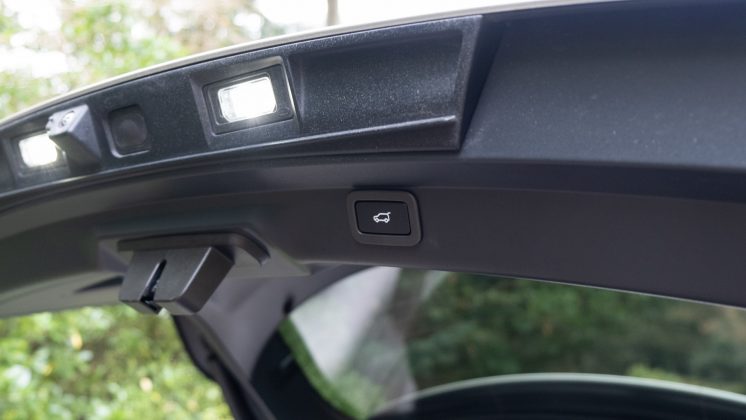
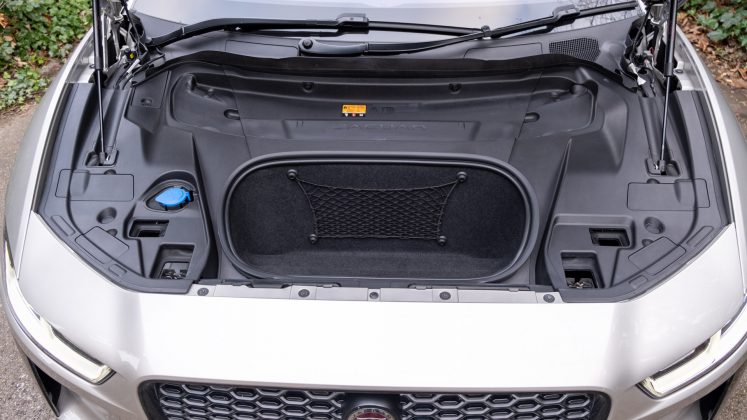
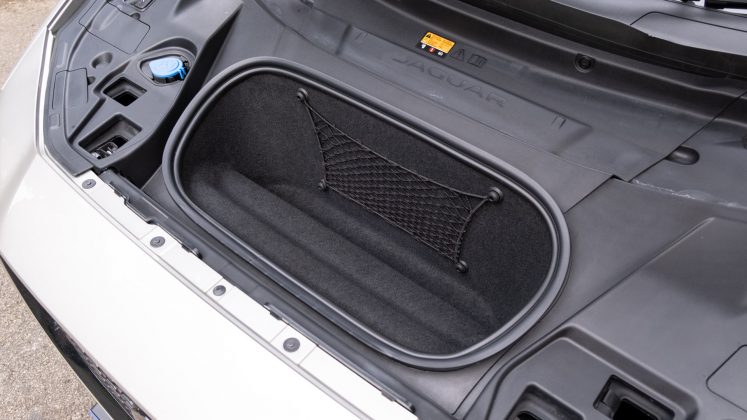
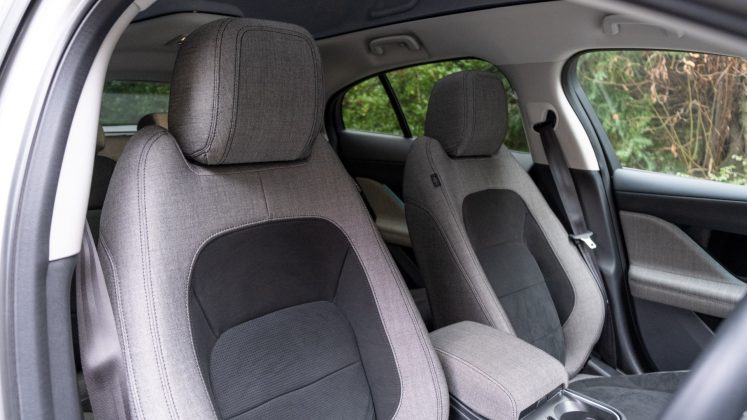
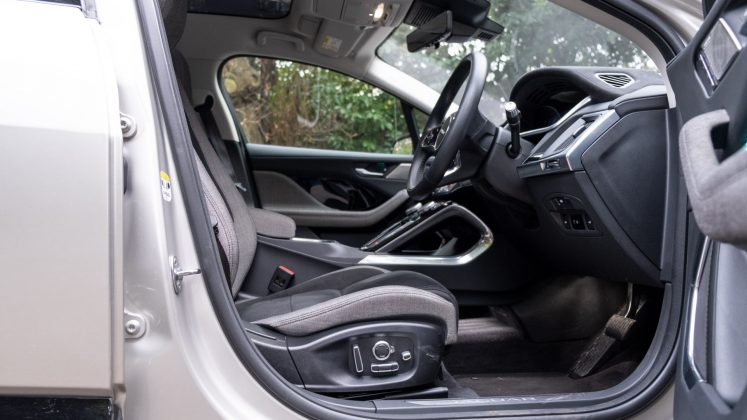
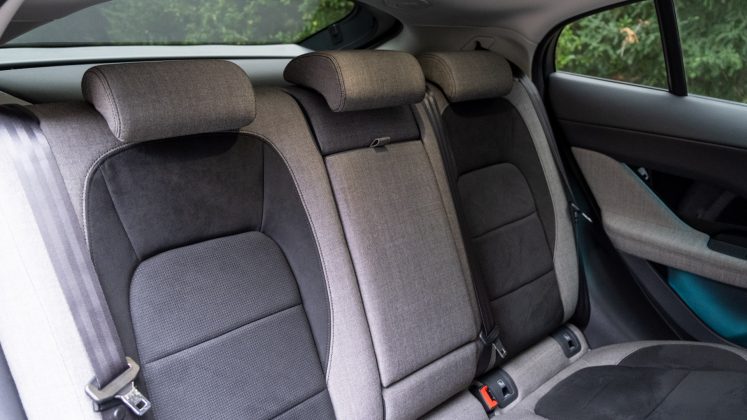
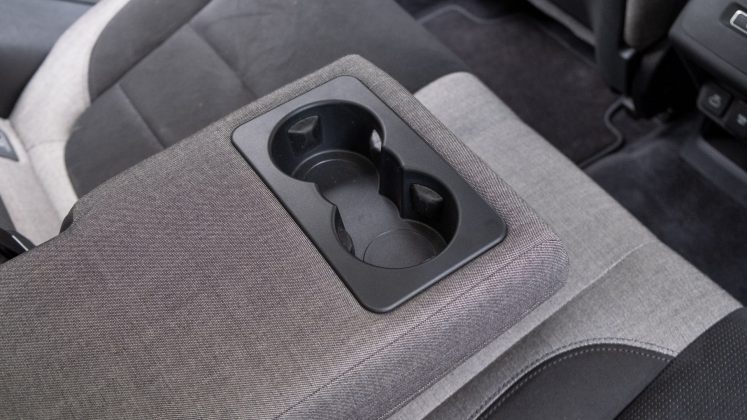
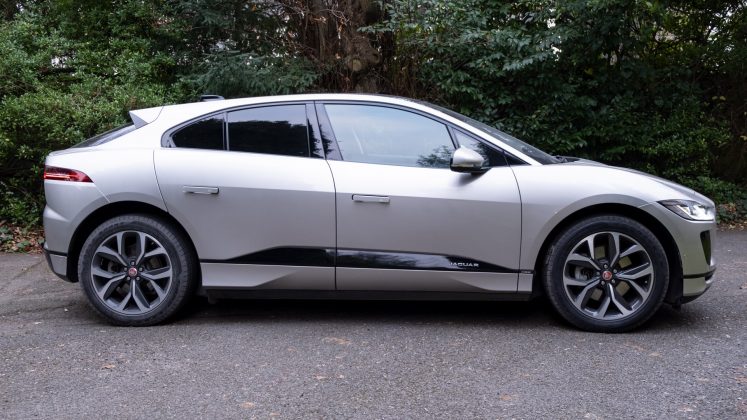
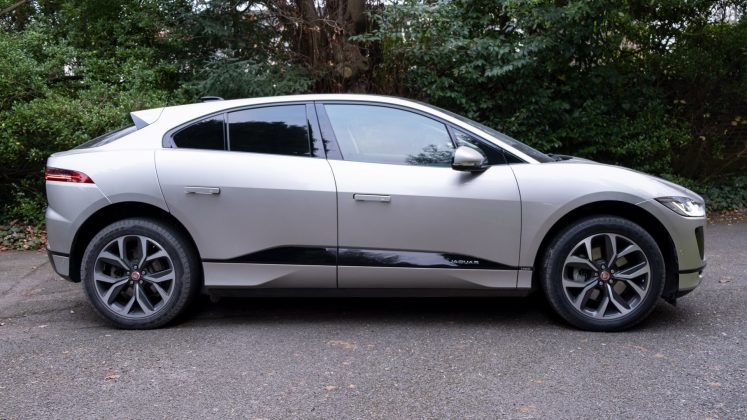
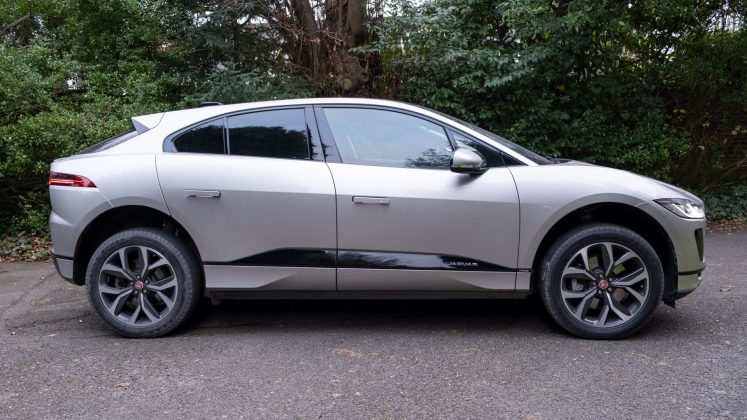
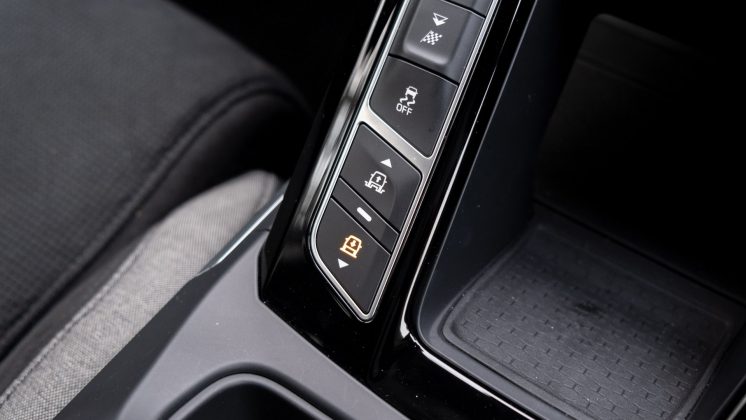
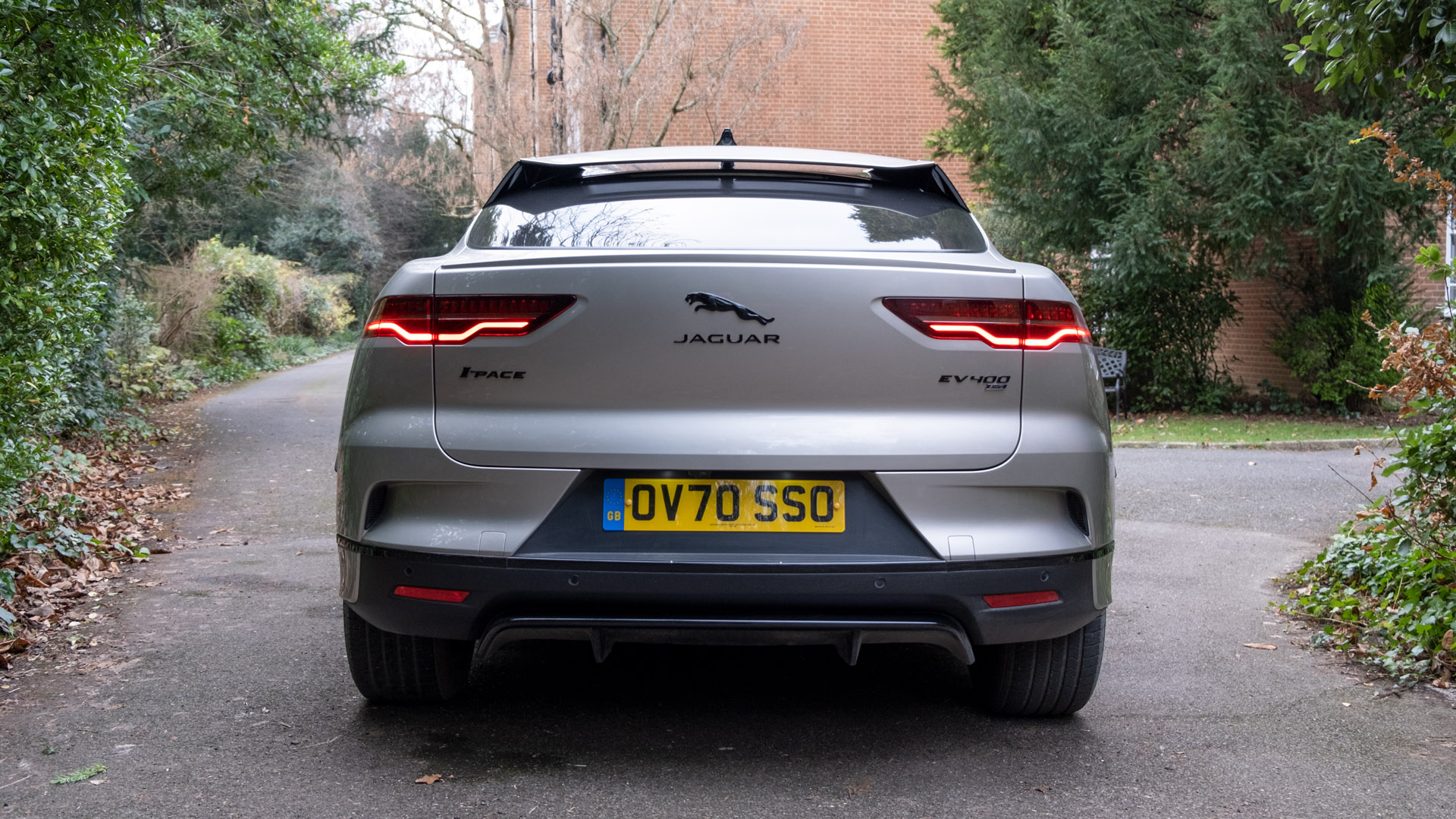
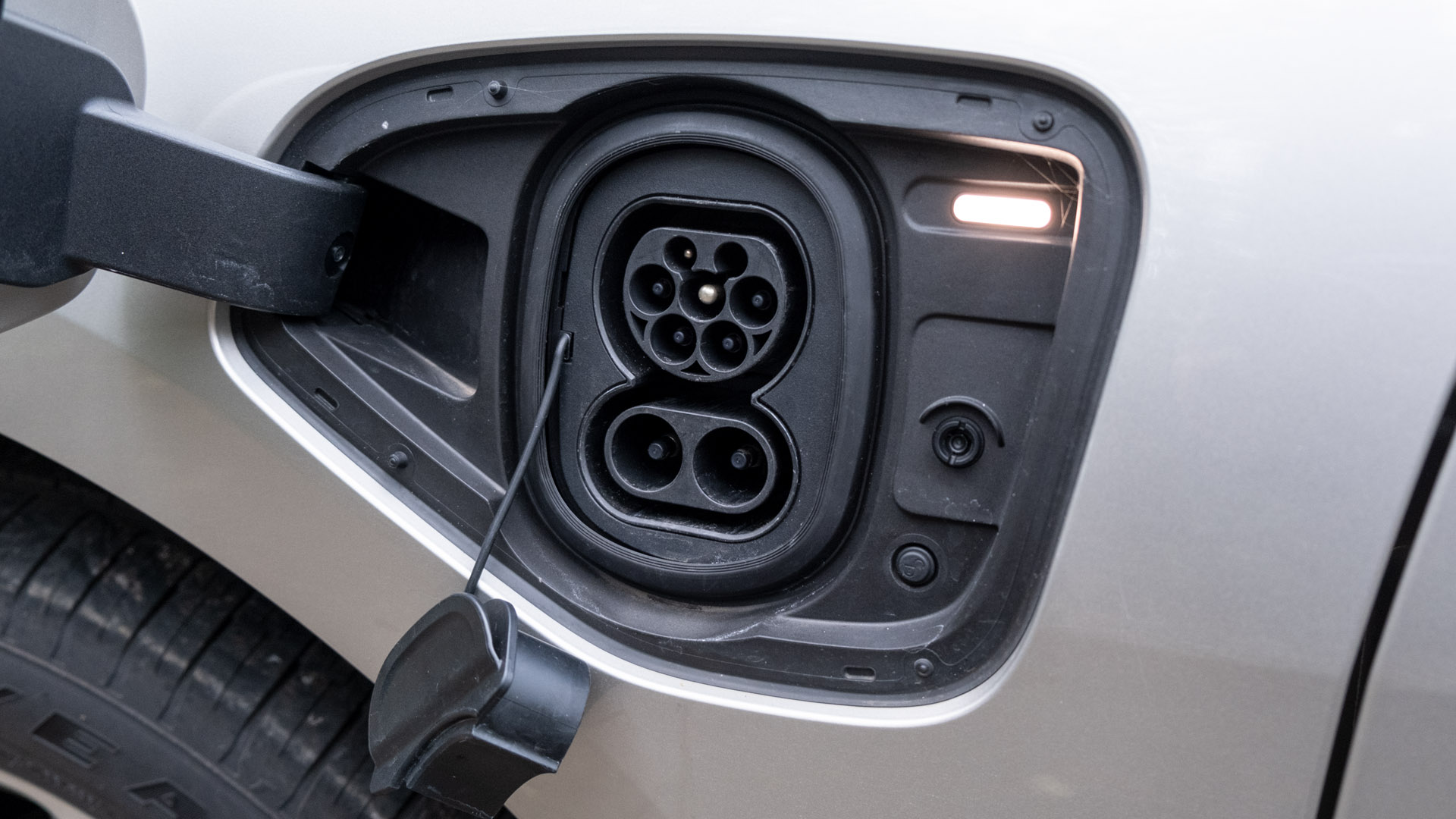
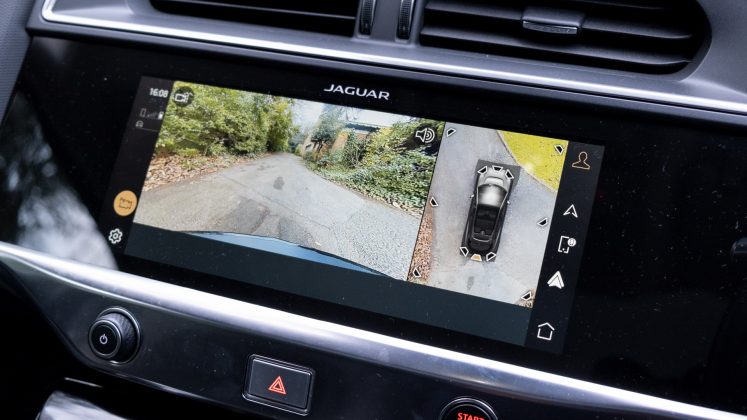
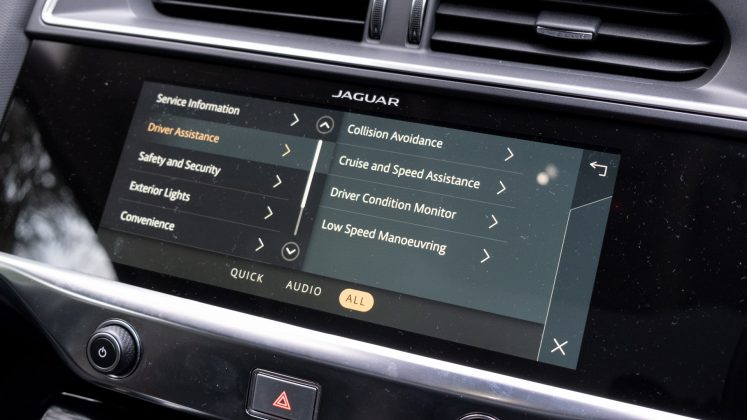
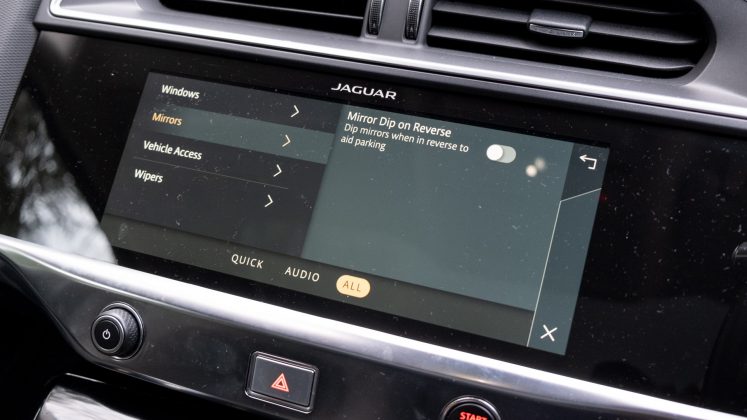
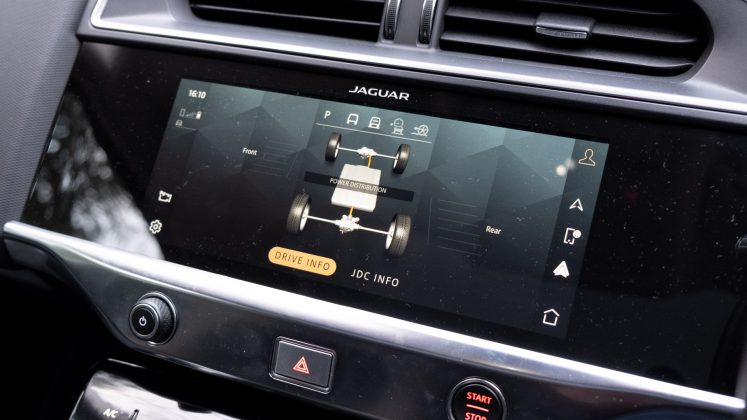
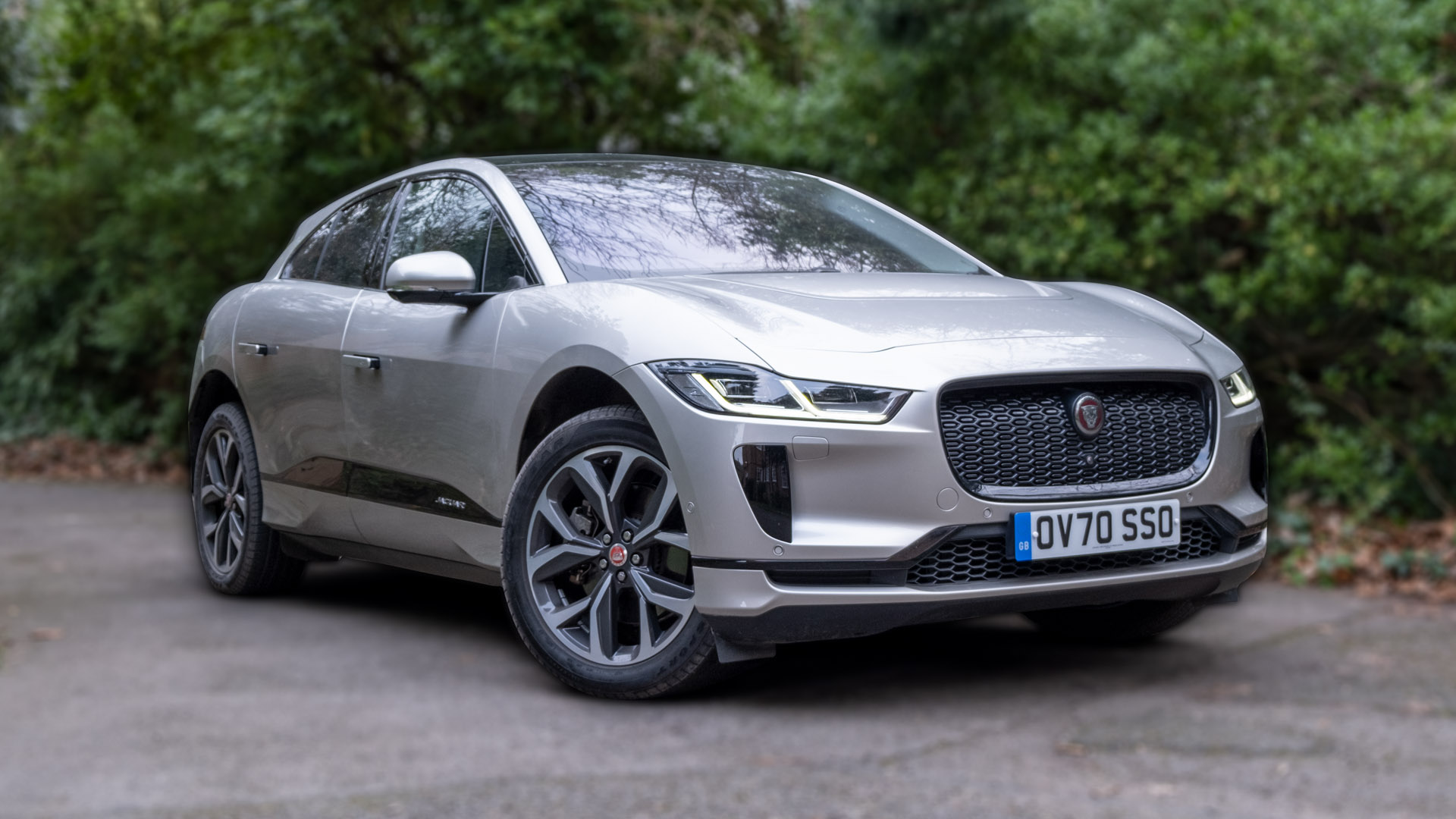




My I-Pace is the best car that I ever had, and that includes new XJ6, XJS, Merc 300SL, 500SEC etc. It has been totally reliable over 40K miles, costs almost nothing to service, the original tyres lasted 39K, it does 240-250 miles in summer and 220 in winter. It is quiet, comfortable and you know that you can outpace almost anything if you want to, so you don’t need to! It has more features than I know how to operate and I will keep it till it won’t go. After 3 1/2 years, it is still a joy to get in it and drive away. Great car!
Colin Hall
Thanks for sharing Colin, and great to hear it’s been going well! Similar range figure we attained, too.